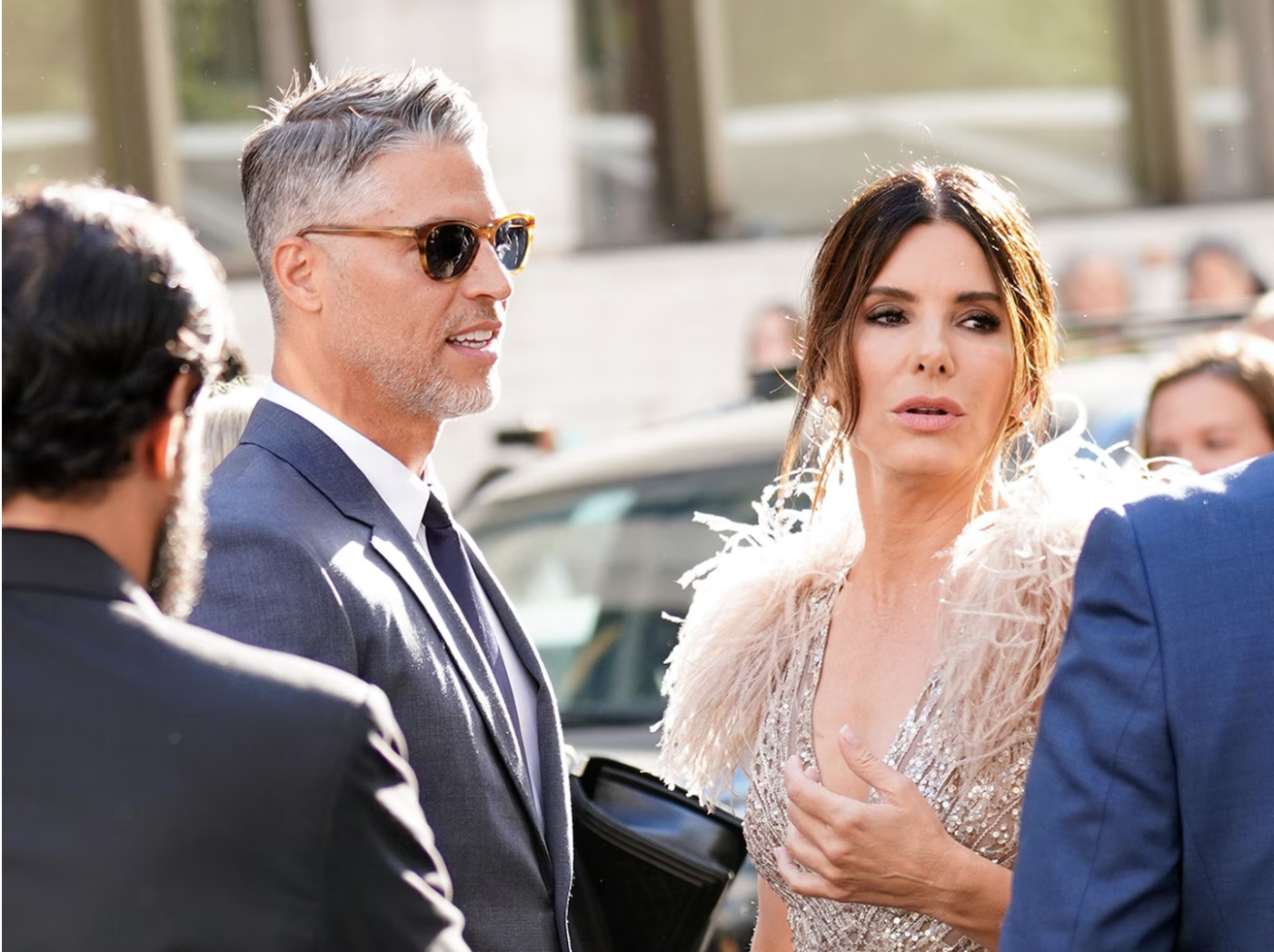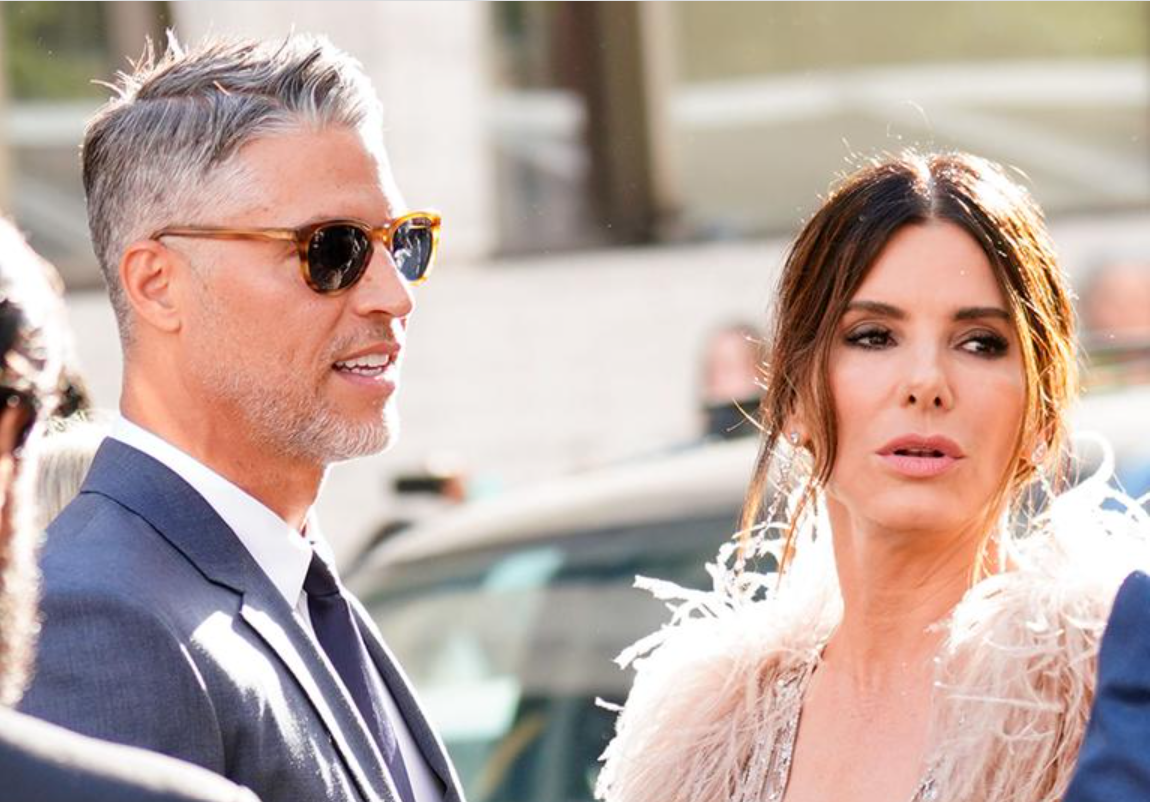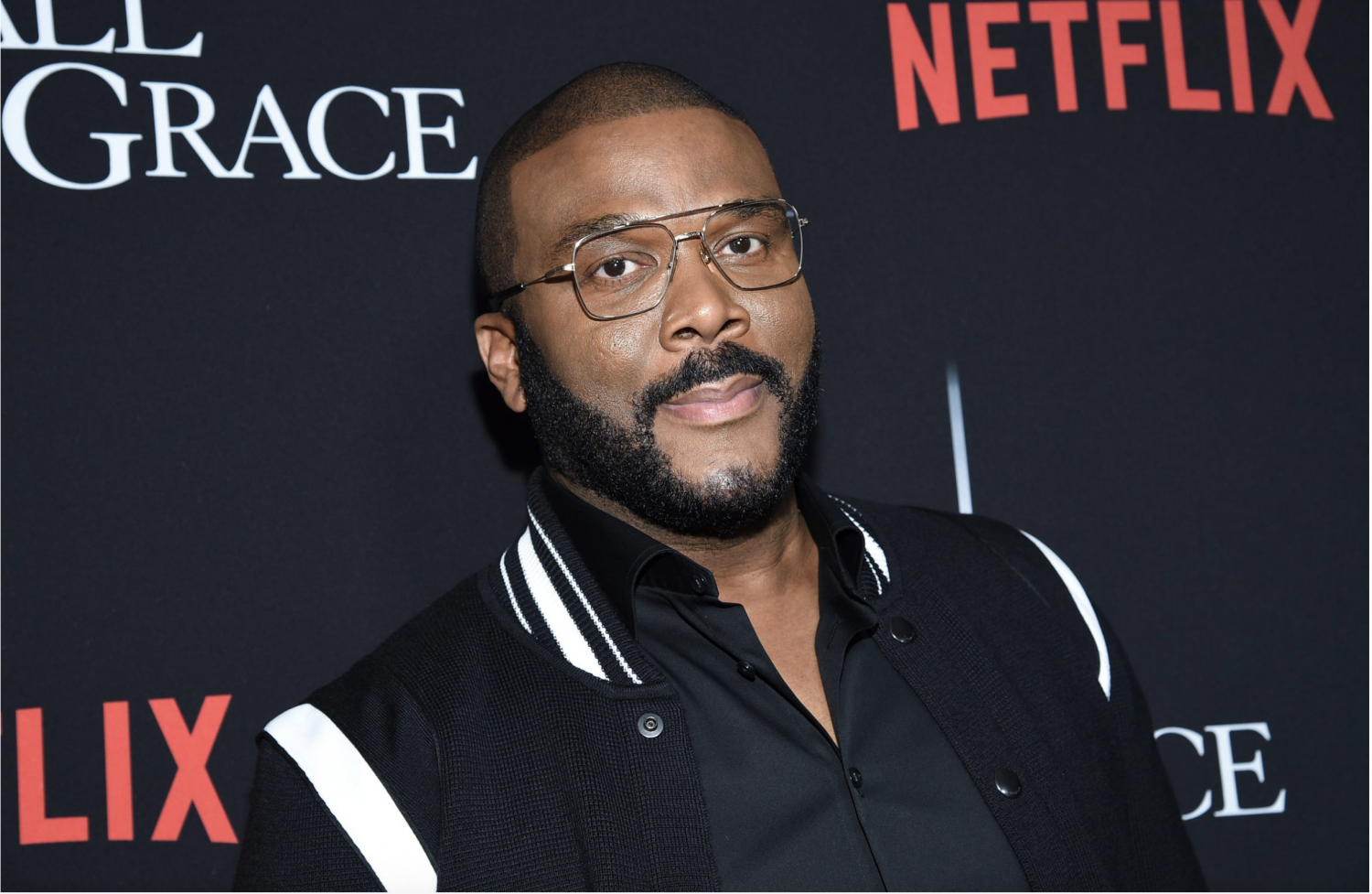This article is more than
1 year oldSandra Bullock’s partner died of ALS. What to know about the rare disease.

Bryan Randall, the long-term partner of Sandra Bullock, has died after a three-year battle with ALS, his family said in a statement to media outlets Monday.
The 57-year-old photographer opted to keep his journey with the rare neurological disease private, his family said, adding that they were grateful to the medical workers who had helped him. He died on Saturday.
Anyone can be affected by amyotrophic lateral sclerosis, also known as motor neuron disease or Lou Gehrig’s disease, according to experts. Notable athletes, politicians, entertainers and an estimated 200,000 people worldwide have had to manage the disease.
Here’s what ALS is and how it works:
What is ALS?
ALS, short for amyotrophic lateral sclerosis, is the most common form of motor neuron disease. MND is a term used to refer to many conditions with a unifying feature: the premature degeneration of motor nerves, experts say.
The disease causes nerve cells to slow and die, according to the Centers for Disease Control and Prevention. A lack of functioning nerve cells robs people of the ability to trigger specific muscles, including those around the lungs and mouth along with the vocal cords, according to the ALS Association.
ALS progressively degrades, then kills nerve cells in the brain and spinal cord.
Like most noncommunicable diseases, ALS cases are not reported to federal health officials, so the CDC conducts surveys to study prevalence. The most recently available survey was published in 2017and found that there were between nearly 18,000 and 31,000 cases of ALS in the United States.
An average of 5,000 new patients are diagnosed every year with the disease in the United States, according to the ALS Association.
ALS is in the same family of degenerative brain disease as Alzheimer’s, Parkinson’s and Huntington’s. They have similar, and sometimes shared, genetic causes.
Patients were told their voices could disappear. They turned to AI to save them.
What does ALS do to you?
Despite disabling the muscles, ALS is not a muscular disease, brain-disease expert Jeffrey Rothstein said during an interview in November.
Rothstein is a professor of neurology and neuroscience at Johns Hopkins University, where he also runs clinical trials as the director of the Packard Center.
He describes ALS with a mechanical analogy: If your body is a car, ALS disables the crankshaft. There’s nothing wrong with the engine (your muscles), but it has no indication (message from your nerves) that it needs to start up (flex muscles) to drive.
Rothstein said the disease attacks “voluntary muscles” — with most cases starting in the arms, legs and spine. But a quarter of the time, the disease begins attacking the muscles that control breathing and swallowing.
In both cases, the muscles tighten and weaken. It gets hard to use the muscles. Then it gets impossible. Patients die when they can’t breathe anymore.
Are there treatments for ALS?
There is no cure for ALS, but there are treatments that can slow the progression of the disease.
Rothstein said the drug riluzole, marketed under the brand name Rilutek, was the first treatment approved by the Food and Drug Administration.
Edaravone, sold as Radicava, was approved in its pill form by the FDA in May 2022. Rothstein said the third treatment that the ALS community is excited about is Amylyx Pharmaceuticals’ Relyvrio, which the company announced was approved by the FDA in September.
He said none of these pills reverse damage done by ALS; instead, they only slow the inevitable.
In April, the FDA conditionally approved Qalsody under the accelerated approval pathway. The drug, scientifically known as tofersen, is targeted for patients with a rare, genetic form of ALS. It is administered through a lumbar puncture.
The drug, from Biogen, is the first of its kind, and the company is expected to carry out follow-up testing and provide data confirming its clinical benefit for patients in order for it to remain on the market.
The ALS Association says it is working to make the disease a livable condition. Early this year, the association awarded nearly $800,000 to support more than a dozen innovative research projects. The funding aims to optimize current treatments while finding new treatments and cures. It will also help with diagnosis and prevention, the association wrote in a May blog post.
What questions do scientists have about ALS?
“We have no idea what it really is,” Jonathan Glass, who runs the Emory ALS Center in Atlanta, said in a November interview.
He said about 25 genes cause ALS. But those genes can also cause dementia.
“We don’t even really know how those genes cause disease,” he said. “We know what’s going to happen when we make the diagnoses, but we don’t understand the underlying biology.”
He said they haven’t made a dent in understanding ALS.
When asked about the lack of a cure, he said: “It’s frustrating we don’t have an answer, but that doesn’t mean we don’t get up every day and try.”
How does ALS present?
Glass said people usually notice what he calls “painless weakness.” One day, a patient could wake up and not be able to turn off their alarm clock because their finger doesn’t work, he said.
The average age a patient starts to present symptoms is 60, Glass said, though he’s seen patients as young as 18 and as old as 90 show signs.
Glass said everyone’s experience with the disease is unique. Some patients are dead within two years. He said he’s been seeing some for 2o to 25 years.
What are scientists up to with ALS research?
Both researchers said ALS study has exploded in the past couple of decades, especially after companies realized that ALS treatments could be used to treat the second-most-common form of dementia. More uses means more help — and more potential money for companies.
Rothstein said his lab would have been performing maybe one study a decade ago. Now, “there’s literally a line of companies wanting to run trials on ALS,” he said.
Rothstein and his staff take the blood of an ALS patient and combine it with stem cells to create ALS-affected brain tissue that they biopsy and study.
Glass studies ALS in genetics and how to map or identify genes.
He said that in his 30 years, he’s never seen more ALS research going on.
Did the Ice Bucket Challenge change anything?
Almost a decade ago, the “Ice Bucket Challenge” took over the internet.On social media, many across the world challenged one another to dump a bucket of ice water onto their heads or donate to ALS research.
The viral stunt, which many celebrities got involved with, raised millions for charity. In 2016, the ALS Association said that as a result of the global challenge, it was able to fund research that identified a new gene, NEK1, that contributes to the disease.
After ending the life and career of such a famous athlete, many people took to calling ALS “Lou Gehrig’s disease.”
Glass said Europeans don’t like calling it Lou Gehrig’s disease. The French prefer calling it Charcot’s disease, and ALS is known as motor neuron disease (or MND) throughout Europe.
Who else has had ALS?
According to the ALS Association, the following notable people have had to manage the disease:
- R&B singer Roberta Flack
- Theoretical physicist Stephen Hawking.
- “SpongeBob SquarePants” creator Stephen Hillenburg.
- Jazz musician Charles Mingus.
- “Sesame Street” creator Jon Stone.
- Blues musician Huddie Ledbetter, who went by Lead Belly.
- NBA Hall of Fame basketball player George Yardley.
- Former U.S. vice president Henry A. Wallace.
Keywords
<p>The ceremony was held in Moscow amid a tense geopolitical situation and diplomatic rift with the West</p>
West has a decision to make – Putin
Craig David, a hitmaker since 2000, is still getting audiences dancing
For Putin, Gaza is an endless gift
TikTok Ban Sparks Lawsuit Pitting National Security Concerns Against First Amendment Rights
Bombshell new theory on Titan sub disaster
Doja Cat’s pre-Met Gala wardrobe malfunction
Russia pounds Ukraine with biggest airstrikes in weeks
Harry confirms epic King Charles snub
Woman'sCanadian citizenship revoked after 32 years amid 'error'


